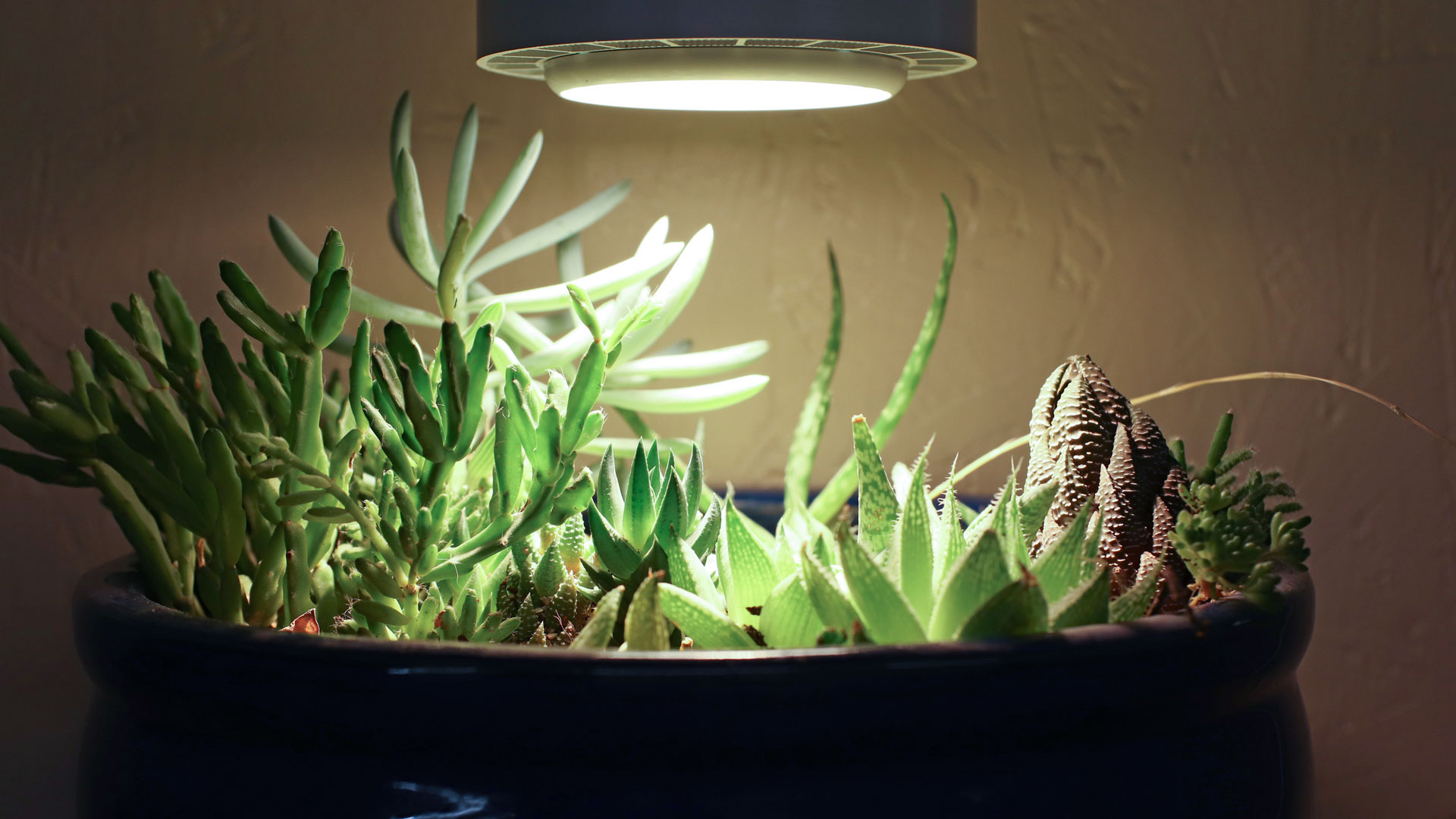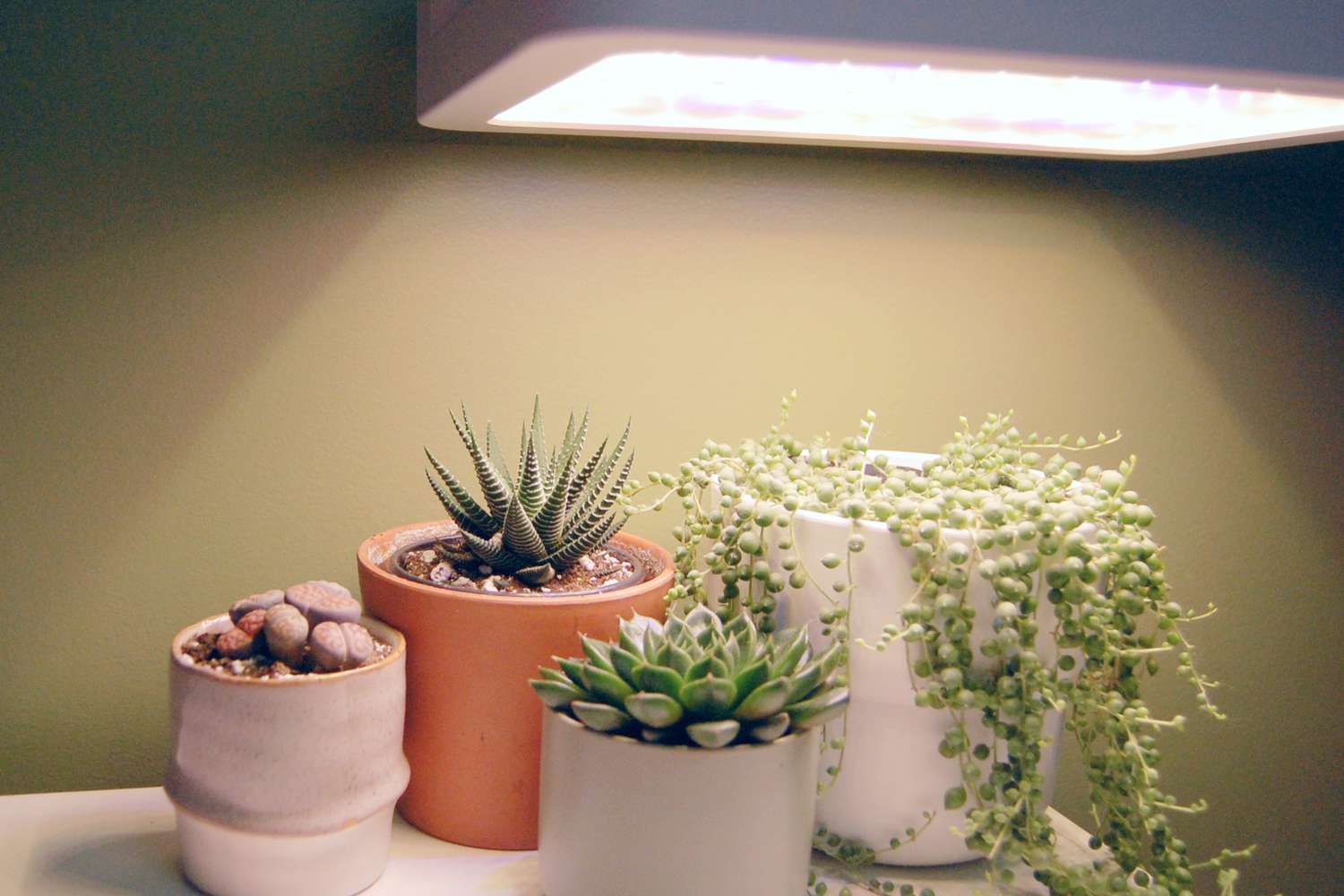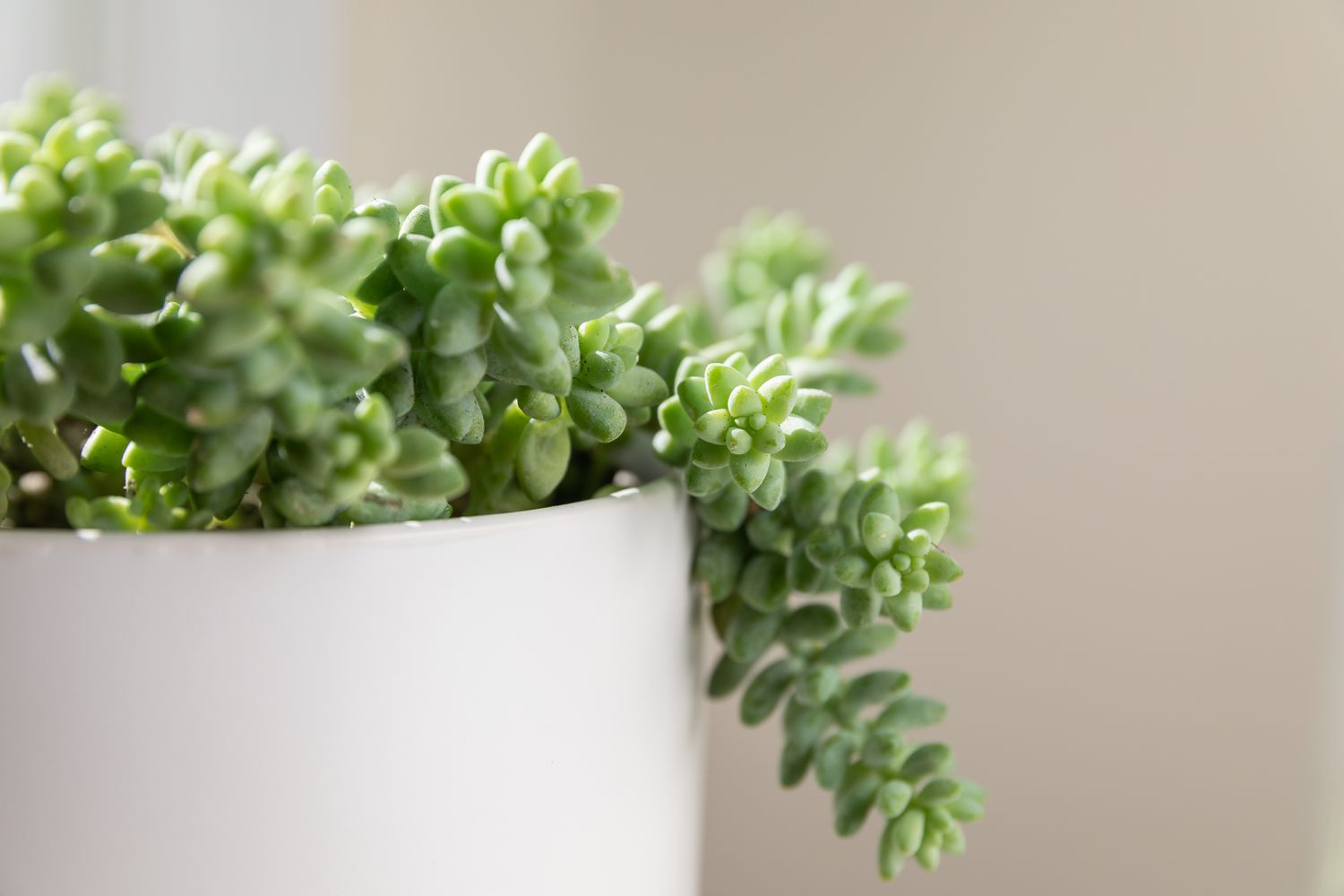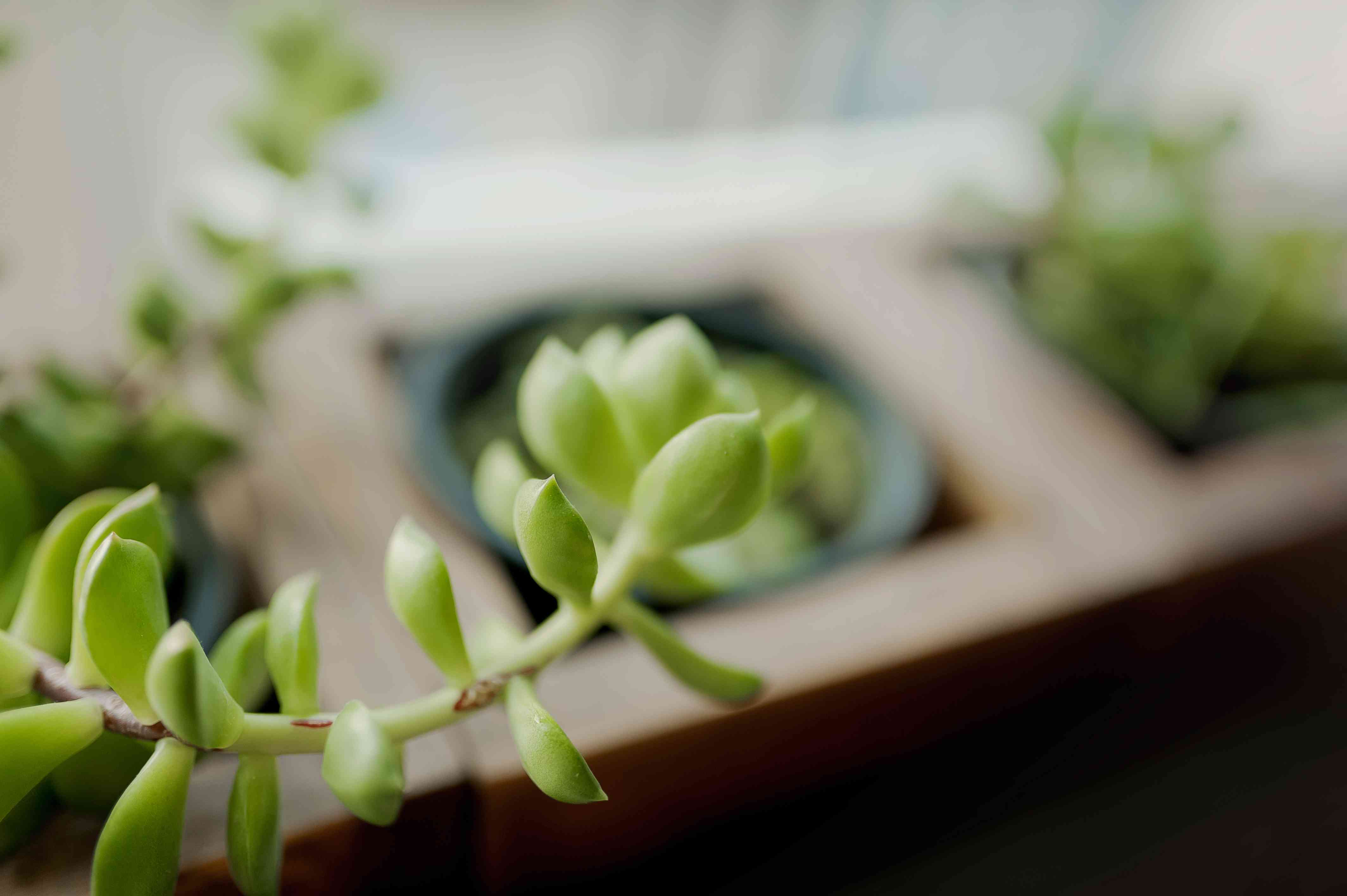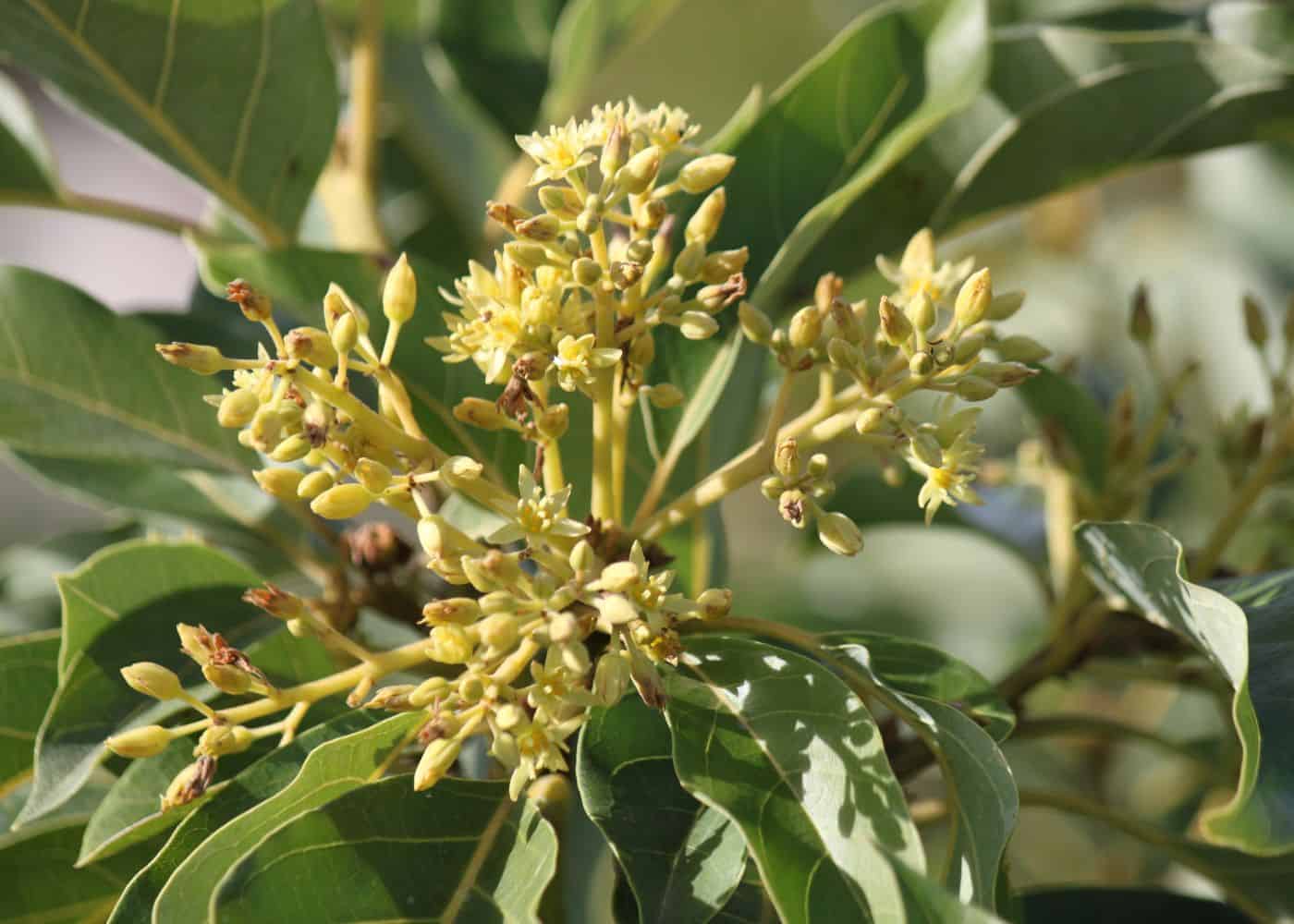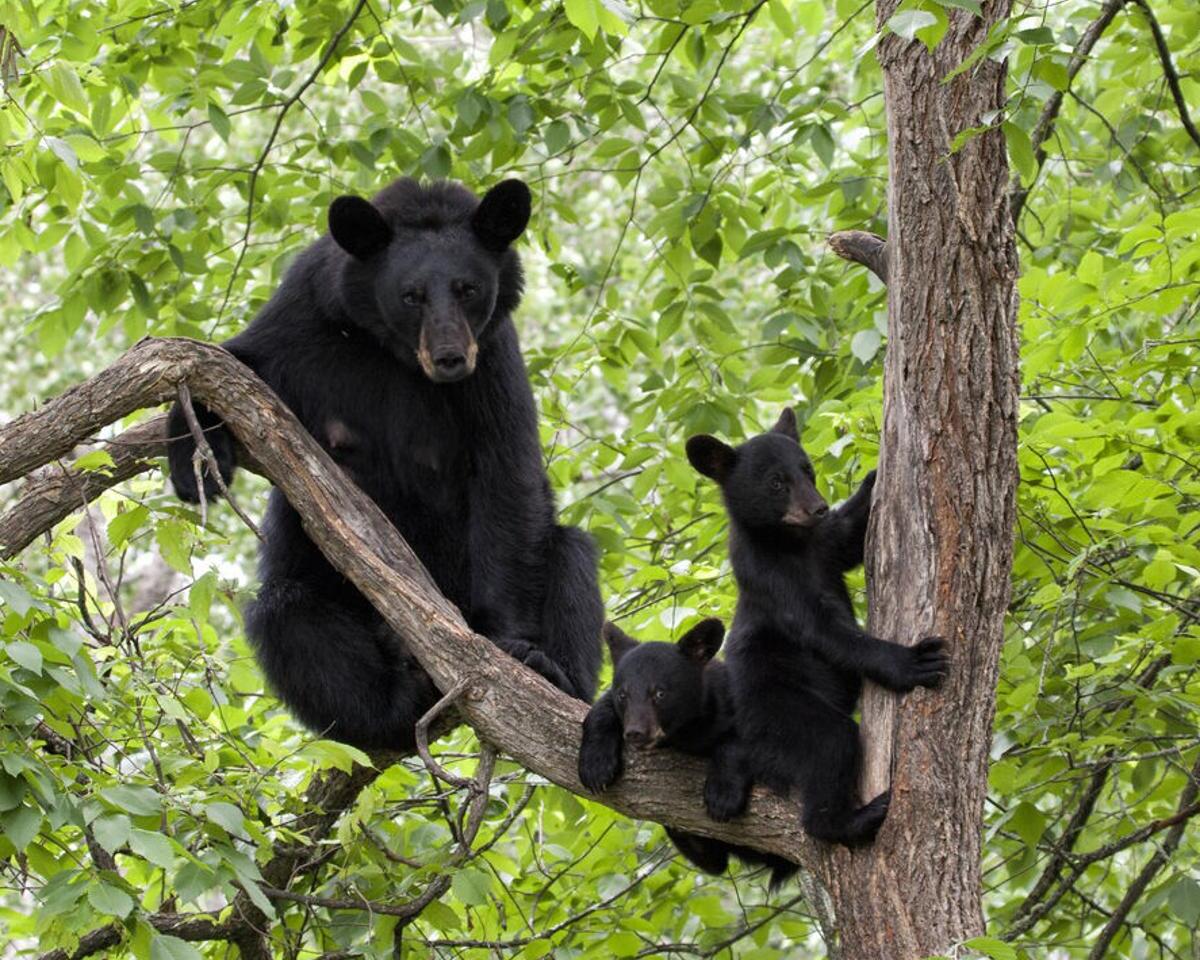Home>Gardening Techniques>Plant Care>How To Grow Bear Paw Succulents
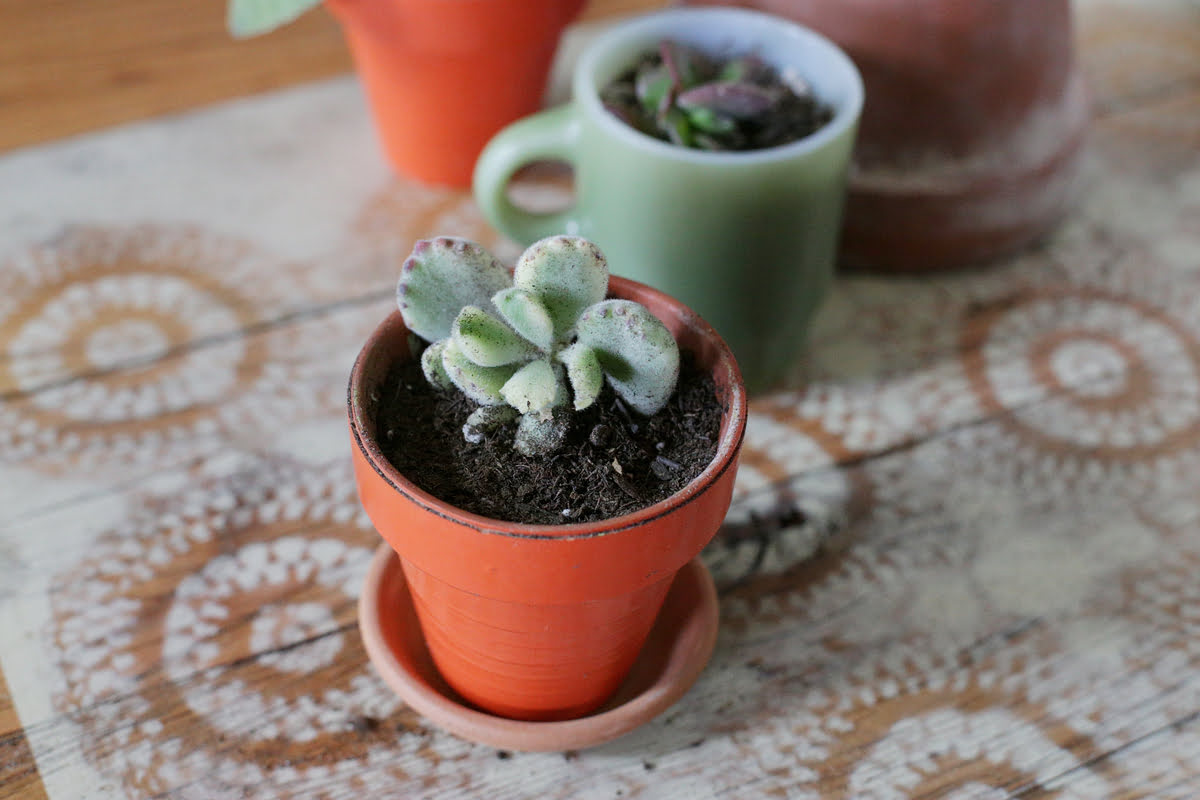

Plant Care
How To Grow Bear Paw Succulents
Published: December 30, 2023
Learn the best plant care tips for growing bear paw succulents. Discover how to keep your succulents healthy and thriving with expert advice and guidance.
(Many of the links in this article redirect to a specific reviewed product. Your purchase of these products through affiliate links helps to generate commission for Chicagolandgardening.com, at no extra cost. Learn more)
Table of Contents
**
Introduction
**
Welcome to the fascinating world of bear paw succulents! If you're looking to add a unique and visually captivating plant to your collection, bear paw succulents are an excellent choice. These delightful plants, scientifically known as Cotyledon tomentosa, are renowned for their adorable paw-shaped leaves and relatively low maintenance requirements, making them an ideal option for both novice and seasoned plant enthusiasts.
In this comprehensive guide, we will delve into the art of cultivating bear paw succulents, providing valuable insights into their care, propagation, and maintenance. Whether you're a green-thumb aficionado seeking to expand your succulent repertoire or a beginner eager to embark on a rewarding plant-growing journey, this article will equip you with the knowledge and confidence to nurture these charming succulents with finesse.
Join us as we explore the enchanting realm of bear paw succulents, uncovering the secrets to fostering their optimal growth and vibrant health. From understanding their unique characteristics to mastering the art of propagation, this guide will serve as your trusted companion in cultivating and caring for these captivating botanical treasures. So, let's embark on this horticultural adventure and unlock the wonders of bear paw succulents together!
Understanding Bear Paw Succulents
Before delving into the intricacies of caring for bear paw succulents, it’s essential to grasp the unique characteristics that define these enchanting plants. Native to South Africa, bear paw succulents, scientifically known as Cotyledon tomentosa, belong to the Crassulaceae family. Their distinctive appearance is marked by fleshy, silvery-green leaves that resemble the adorable paws of bears, hence their charming moniker.
These succulents are revered for their compact size, typically reaching a height of 6 to 12 inches, making them an ideal choice for indoor cultivation. Their velvety leaves are adorned with tiny, soft hairs, adding to their allure and tactile appeal. When provided with the right growing conditions, bear paw succulents produce stunning tubular orange or yellow flowers, further enhancing their visual appeal.
One of the most intriguing aspects of bear paw succulents is their ability to undergo a fascinating color transformation in response to sunlight exposure. When exposed to ample sunlight, their leaves take on a striking reddish hue, adding a captivating dimension to their aesthetic charm.
These resilient succulents are well-suited to arid environments, thanks to their exceptional drought tolerance and low water requirements. Their adaptability makes them an excellent choice for individuals seeking low-maintenance yet visually captivating plants to adorn their living spaces.
By understanding the unique traits and natural habitat of bear paw succulents, you’ll be better equipped to provide them with the optimal care and growing conditions they need to thrive. Now, let’s delve into the essential aspects of cultivating these charming succulents, from selecting the right soil and pot to mastering the art of propagation.
Choosing the Right Soil and Pot
When it comes to cultivating bear paw succulents, selecting the appropriate soil and pot is paramount to their overall health and vitality. These charming succulents thrive in well-draining soil that prevents water retention and minimizes the risk of root rot, a common issue in plants with excessive moisture around their root systems.
An ideal soil mix for bear paw succulents consists of a combination of gritty, well-draining materials such as perlite, coarse sand, and pumice. This blend ensures that excess water swiftly drains away from the roots, safeguarding the plants from potential waterlogged conditions. Additionally, incorporating a small proportion of organic matter, such as coconut coir or peat moss, can provide a touch of moisture retention without compromising drainage.
When selecting a pot for your bear paw succulents, opt for containers with drainage holes at the bottom to facilitate the efficient expulsion of excess water. This crucial feature prevents water from accumulating at the base of the pot, safeguarding the plants’ roots from prolonged exposure to moisture. Additionally, choosing a pot made of porous materials, such as terracotta or unglazed ceramic, promotes air circulation to the roots and aids in the evaporation of excess moisture.
The size of the pot is also a crucial consideration. While bear paw succulents prefer snug quarters, it’s essential to provide adequate room for their roots to spread and thrive. A pot that allows for a few inches of space around the plant’s base enables healthy root development without subjecting the succulent to an excessively large container, which can retain surplus moisture.
By meticulously selecting the right soil mix and pot for your bear paw succulents, you create an optimal environment that supports their growth and resilience. Now that we’ve covered the foundational elements of soil and pot selection, let’s explore the essential aspects of meeting their watering and sunlight requirements.
Watering and Sunlight Requirements
Understanding the precise watering and sunlight needs of bear paw succulents is pivotal in ensuring their thriving growth and vibrant appearance. As desert natives, these succulents have evolved to thrive in arid environments, exhibiting exceptional drought tolerance and minimal water requirements.
When it comes to watering, the key principle for bear paw succulents is “less is more.” Overwatering poses a significant risk to these plants, potentially leading to root rot and other moisture-related issues. To prevent overhydration, it’s crucial to adhere to a sparing watering regimen, allowing the soil to dry out almost entirely between watering sessions. A simple yet effective approach is to water the plant thoroughly, ensuring that excess water drains from the pot’s base, and then allowing the soil to dry completely before the next watering cycle.
In terms of sunlight, bear paw succulents thrive in bright, indirect light or partial shade. While they appreciate ample sunlight, especially in the morning and late afternoon, prolonged exposure to intense, direct sunlight, particularly during the peak hours of midday, can cause sunburn and stress the plants. To strike the perfect balance, position your bear paw succulents in a location that receives gentle morning sunlight and partial shade during the intense midday hours, ensuring they bask in the golden glow of the sun without suffering from excessive heat and light exposure.
Observing the behavior of your bear paw succulents can provide valuable insights into their watering and sunlight requirements. Keep an eye on the leaves, as they can serve as indicators of your succulents’ well-being. If the leaves appear plump and vibrant, it’s a sign that the plant is receiving adequate hydration and light. Conversely, shriveled or discolored leaves may signal the need for adjustments in watering frequency or light exposure.
By mastering the art of watering and providing the ideal balance of sunlight, you can nurture healthy, resilient bear paw succulents that showcase their captivating paw-shaped leaves and vibrant hues. As we continue our journey in cultivating these charming succulents, let’s explore the various methods of propagation to expand your collection and share the beauty of bear paw succulents with fellow plant enthusiasts.
Propagation Methods
Embarking on the propagation of bear paw succulents unveils an exciting opportunity to expand your succulent family and share the joy of cultivating these charming plants with others. There are several methods of propagating bear paw succulents, each offering a unique and rewarding approach to multiplying your plant collection.
One of the most common and straightforward propagation techniques for bear paw succulents is through leaf cuttings. To propagate using this method, carefully select a healthy leaf from the parent plant, ensuring that it is free from any signs of damage or disease. Allow the leaf cutting to callus over for a few days to minimize the risk of rot, and then place it on well-draining soil, misting lightly when the soil becomes dry. Over time, the leaf cutting will develop roots and eventually sprout new growth, heralding the birth of a new bear paw succulent.
Another propagation method involves utilizing stem cuttings, particularly suitable for mature bear paw succulents. Select a sturdy, healthy stem and carefully remove it from the parent plant. Allow the cut end to dry and callus before planting it in a suitable soil mix. With proper care and optimal growing conditions, the stem cutting will take root and commence its journey to becoming a flourishing bear paw succulent.
For those seeking a more accelerated propagation method, the division of offsets, or “pups,” presents an efficient way to propagate bear paw succulents. Mature bear paw succulents often produce offsets at the base of the plant, which can be carefully separated and transplanted into their individual pots. This method allows for the rapid multiplication of bear paw succulents, as the offsets already possess established root systems and require minimal effort to thrive independently.
Regardless of the propagation method you choose, patience and attentiveness are key to fostering successful growth in the newly propagated bear paw succulents. Providing the right balance of moisture, warmth, and indirect sunlight will support the development of robust root systems and encourage the emergence of new growth, ensuring the successful establishment of propagated plants.
As we continue our exploration of bear paw succulents, let’s delve into the essential aspects of safeguarding these charming plants from common pests and diseases, equipping you with the knowledge to maintain their vibrant health and beauty.
Common Pests and Diseases
While bear paw succulents are renowned for their resilience and relatively low susceptibility to pests and diseases, it’s essential to remain vigilant and proactive in safeguarding these charming plants from potential threats. By familiarizing yourself with the common pests and diseases that may affect bear paw succulents, you can promptly address any issues and ensure the continued health and vitality of your cherished botanical companions.
One of the most prevalent pests that may target bear paw succulents is the mealybug, characterized by its cotton-like, waxy appearance. These tiny insects often congregate in the leaf axils and crevices, sapping the plant’s juices and potentially causing stunted growth and leaf yellowing. To combat mealybugs, a gentle yet effective approach involves using a cotton swab dipped in rubbing alcohol to carefully remove the pests from the affected areas, followed by regular monitoring to prevent reinfestation.
Another common pest that may pose a threat to bear paw succulents is the spider mite, which thrives in warm, dry conditions. These minuscule arachnids can inflict damage by piercing the plant’s tissues and extracting vital fluids, leading to the development of webbing and visible stippling on the leaves. Mitigating spider mite infestations involves increasing humidity levels around the plants, employing natural predators such as ladybugs, and utilizing horticultural oils to disrupt the pests’ life cycle.
While bear paw succulents are relatively resistant to diseases, overwatering and prolonged exposure to moisture can predispose them to root rot, a condition caused by fungal pathogens. To prevent root rot, it’s crucial to adhere to a cautious watering regimen, allowing the soil to dry out between watering sessions and ensuring that the pots have adequate drainage to facilitate the expulsion of excess water. Additionally, promptly removing any decaying or damaged roots during repotting can help mitigate the risk of root rot and maintain the plants’ overall vigor.
By remaining attentive to the signs of potential pest infestations and diseases, you can swiftly intervene and implement targeted measures to protect your bear paw succulents from harm. Now, let’s delve into valuable tips for fostering the optimal growth and well-being of these charming succulents, equipping you with the knowledge to cultivate thriving and vibrant bear paw plants.
Tips for Growing Healthy Bear Paw Succulents
Cultivating healthy and vibrant bear paw succulents is a gratifying endeavor that can be enriched by incorporating a few essential tips into your plant care routine. By integrating these insights, you can create an optimal environment for your bear paw succulents to thrive and flourish, showcasing their charming paw-shaped leaves and delightful nuances.
- Provide Adequate Air Circulation: Ensuring proper air circulation around your bear paw succulents is crucial for preventing moisture-related issues and promoting overall plant health. Positioning the plants in well-ventilated areas and periodically allowing gentle air currents to reach them fosters a conducive growing environment.
- Monitor Temperature Fluctuations: Bear paw succulents thrive in moderate to warm temperatures, ideally ranging between 65°F to 80°F (18°C to 27°C). Shielding the plants from sudden temperature extremes and drafts can help maintain their well-being and prevent stress-induced damage.
- Avoid Overcrowding: While bear paw succulents appreciate cozy quarters, overcrowding can impede air circulation and lead to heightened moisture levels, increasing the risk of pest infestations and diseases. Providing adequate spacing between individual plants contributes to their overall vitality.
- Regularly Inspect for Pests: Conducting routine inspections of your bear paw succulents enables early detection of potential pest issues, allowing for prompt intervention and mitigation. Vigilance is key to preserving the plants’ health and preventing pest-related damage.
- Embrace Balanced Nutrition: While bear paw succulents are relatively low-maintenance, providing a balanced fertilizer specifically formulated for succulents during the growing season can bolster their resilience and promote robust growth. Opt for a fertilizer with a balanced NPK ratio suitable for succulents to provide essential nutrients without overwhelming the plants.
- Exercise Prudent Watering Practices: Adhering to a cautious watering regimen, characterized by thorough yet infrequent watering sessions, is fundamental for preventing water-related issues such as root rot. Observing the moisture needs of your bear paw succulents and allowing the soil to dry out between waterings is essential for their well-being.
By incorporating these tips into your care routine, you can create an environment that nurtures the optimal growth and well-being of your bear paw succulents. Embracing attentive plant care practices and remaining attuned to the unique needs of these charming succulents will undoubtedly yield rewarding results, allowing you to enjoy their captivating beauty and endearing characteristics to the fullest.
Conclusion
Congratulations on embarking on a captivating journey into the world of bear paw succulents! By delving into the intricacies of cultivating these charming plants, you’ve gained valuable insights into their unique characteristics, optimal growing conditions, and essential care practices. Whether you’re a seasoned plant enthusiast or a novice green-thumb enthusiast, the knowledge and tips shared in this guide will serve as your trusted companions in nurturing healthy and vibrant bear paw succulents.
From selecting the right soil and pot to mastering the art of propagation, you’ve explored the fundamental elements of fostering the optimal growth of bear paw succulents. By understanding their watering and sunlight requirements and familiarizing yourself with common pests and diseases, you’re well-equipped to provide attentive care and safeguard these delightful plants from potential threats.
As you continue your horticultural adventure with bear paw succulents, remember to infuse your care routine with a touch of creativity and attentiveness. Embrace the joy of observing their color transformations in response to sunlight, and relish the rewarding experience of propagating new plants to expand your succulent collection and share their beauty with others.
By integrating the tips for growing healthy bear paw succulents into your plant care regimen, you’re poised to create an environment that nurtures the flourishing growth and vibrant beauty of these enchanting succulents. Your dedication and attentiveness will undoubtedly be reflected in the thriving health and captivating allure of your bear paw succulents, enriching your living spaces with their delightful presence.
As you continue your journey with bear paw succulents, may the joy of tending to these charming plants and witnessing their growth bring you endless delight and fulfillment. Here’s to a flourishing and enchanting succulent-filled adventure!
